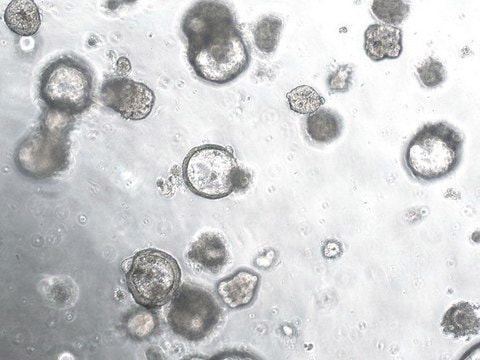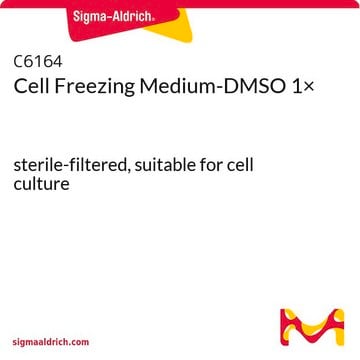GF154
Wnt-3a, recombinant mouse
The recombinant murine Wnt-3a protein is a monomeric glycoprotein containing 328 amino acid residues.
Synonym(s):
Mouse Wnt-3a, Recombinant Wnt-3a
About This Item
Recommended Products
biological source
mouse
Quality Level
mol wt
Mw 38.0-41.0 kDa
technique(s)
cell culture | mammalian: suitable
impurities
<0.1 ng/μg endotoxin (1EU/μg)
input
sample type: mouse embryonic stem cell(s)
sample type induced pluripotent stem cell(s)
UniProt accession no.
shipped in
dry ice
Gene Information
mouse ... WNT3A(22416)
Related Categories
General description
Wnt-3a signalling has been implicated in the control of differentiation of stem cells. Wnt proteins bind to receptors of the Frizzled family in conjunction with a coreceptor of the low-density lipoprotein receptor-related protein family (LRP-5 or -6), or the Ryk atypical receptor tyrosine kinase. Wnt proteins have been shown to regulate cell-to-cell interactions during embryogenesis, more specifically regulating mesoderm differentiation and osteogenesis. Wnt proteins have also been shown to have putative roles in the regulation of adult stem cells.
Application
Stem Cell Research
Linkage
Physical form
Storage and Stability
Analysis Note
Disclaimer
Storage Class
11 - Combustible Solids
wgk_germany
WGK 2
Certificates of Analysis (COA)
Search for Certificates of Analysis (COA) by entering the products Lot/Batch Number. Lot and Batch Numbers can be found on a product’s label following the words ‘Lot’ or ‘Batch’.
Already Own This Product?
Find documentation for the products that you have recently purchased in the Document Library.
Articles
Role of growth factors in stem cell differentiation and various growth factors for your research at sigmaaldrich.com
Organoid culture products to generate tissue and stem cell derived 3D brain, intestinal, gut, lung and cancer tumor organoid models.
Our team of scientists has experience in all areas of research including Life Science, Material Science, Chemical Synthesis, Chromatography, Analytical and many others.
Contact Technical Service







